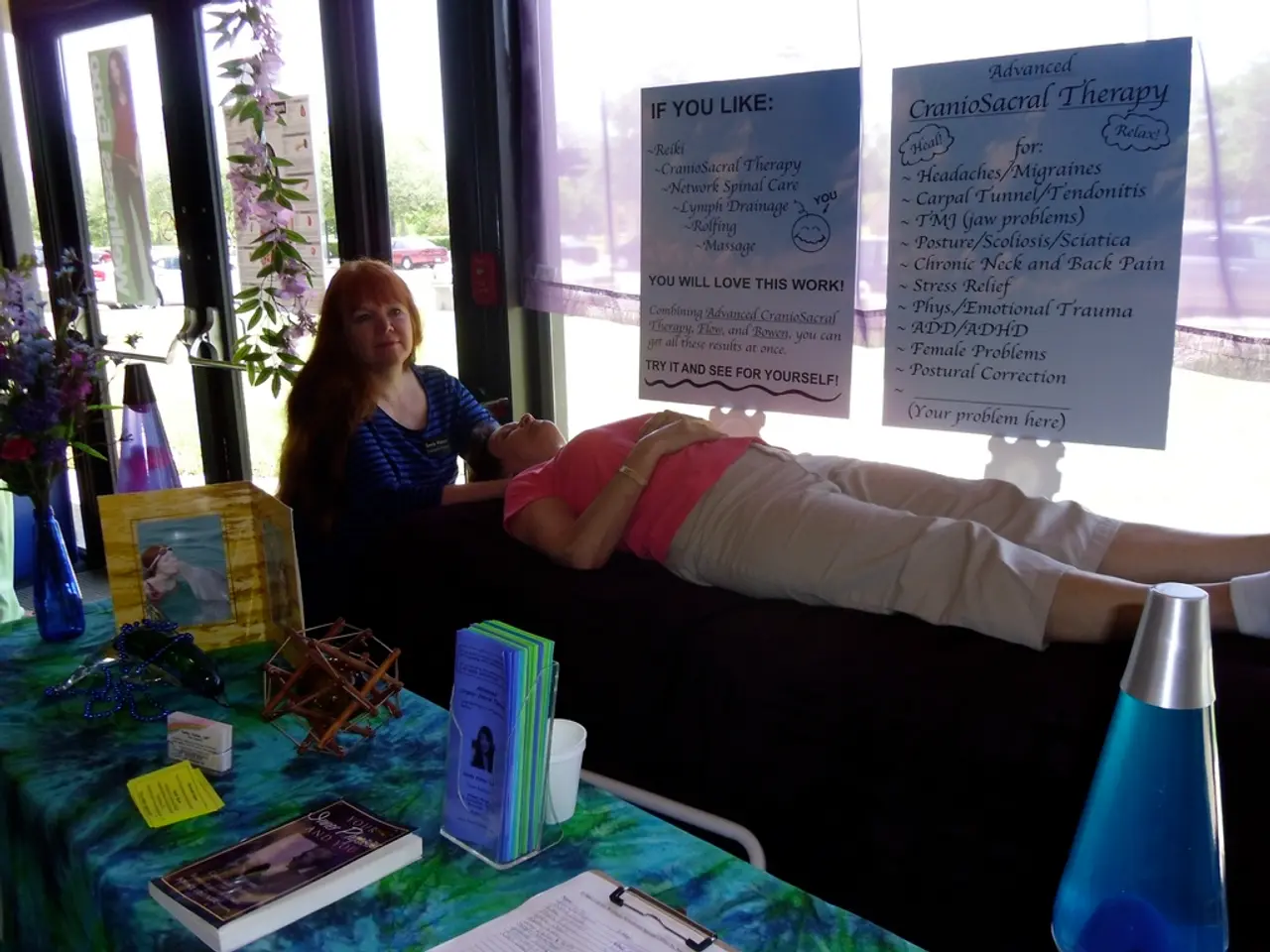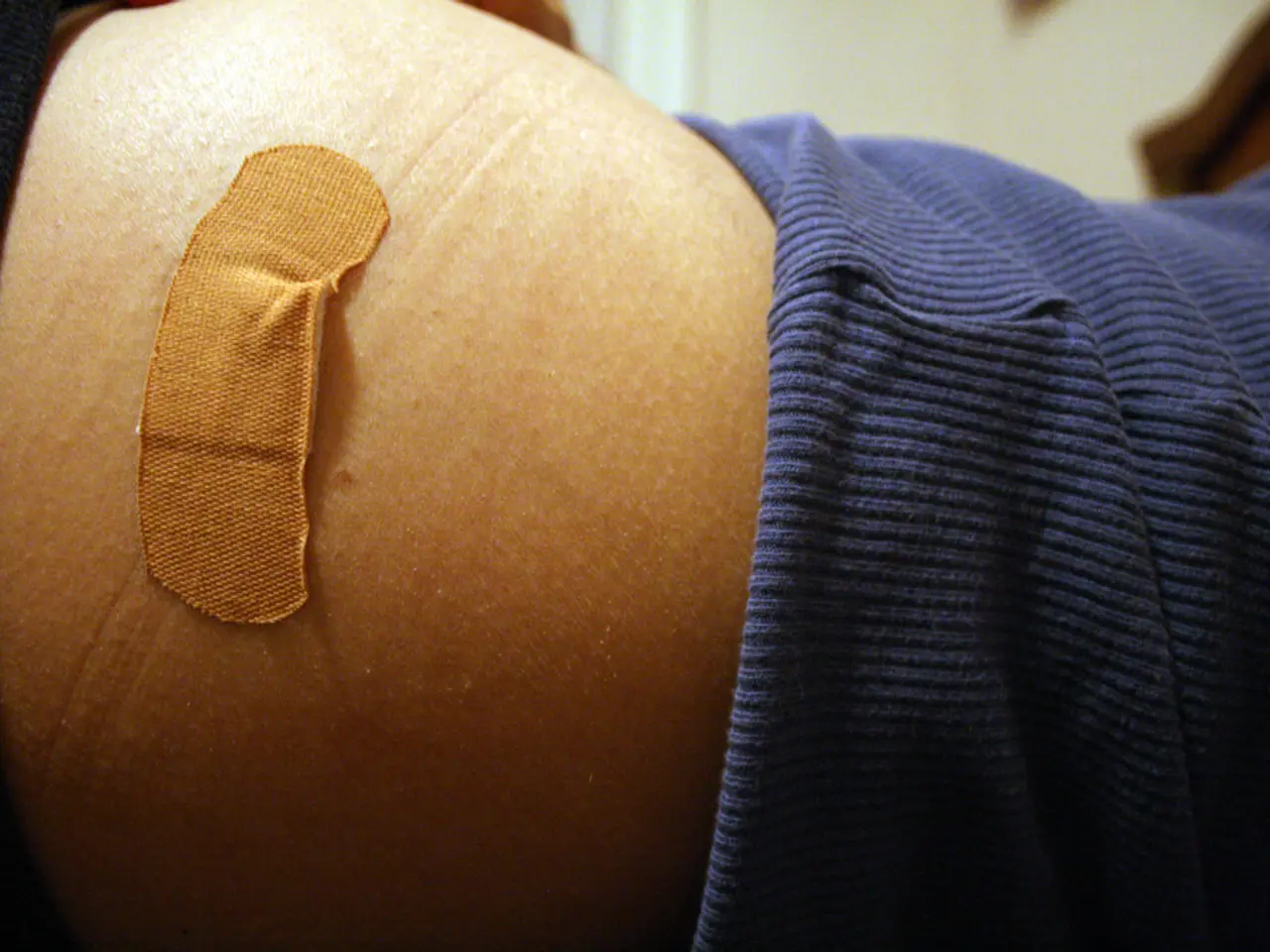Empowering Resources for Supporting Victims
Victim advocacy resources are a vital lifeline for individuals impacted by crime, offering a wide range of services to support the recovery process. These resources can be categorized into five key types: digital resources, national crime victim organizations, state and local programs, specialized advocacy organizations, and legal aid services.
Digital Resources
Online platforms, downloadable materials, and apps like the Survivor Justice Center offer survivors valuable information, guidance, and support. Resources cover topics such as legal matters, domestic violence, child custody, court appearances, and disaster relief resources. Real-time alerts and safety guides for emergencies are also available [3].
National Crime Victim Organizations
Organizations such as the National Victim Notification Network (VINE) and the Office for Victims of Crime (OVC) operate at a national level, providing 24/7 access to information about criminal cases and offender custody status, as well as funding various victim service categories [2][5].
State and Local Programs
Localized support and advocacy tailored to the specific needs of victims within a state or community can be found through state and local programs. For instance, Maryland’s Network Against Domestic Violence (MNADV) and the Women’s Law Center of Maryland offer advocacy and legal assistance specific to Maryland residents. Military installations like Fort Meade provide Victim Advocacy Programs for service members and families [2].
Specialized Advocacy Organizations
Groups focusing on certain types of victimization or populations, such as domestic abuse, elder abuse, sexual violence, or disaster survivors, fall under this category. The Survivor Justice Center, for example, offers specialized resources for domestic and sexual violence survivors and provides disaster distress helpline information [3][4].
Legal Aid Services
Legal aid includes free or low-cost legal help tailored to victims’ needs, such as assistance with orders of protection, custody hearings, insurance claims post-disaster, and appeals related to FEMA or other agencies. FEMA’s Disaster Legal Services work with low-income survivors to address legal matters arising from major disasters, often in partnership with the American Bar Association Young Lawyers’ Division. Other legal services are offered through organizations like the Women’s Law Center of Maryland or statewide legal aid hotlines [2][4].
Collectively, these categories form a comprehensive network of victim advocacy resources, offering crisis intervention, legal support, information, and mental health counseling across various levels and specialties.
Specific Focuses
The National Coalition Against Domestic Violence focuses specifically on intimate partner violence and provides resources tailored to survivors of domestic abuse. Mobile applications provide safety planning tools, quick access to emergency contacts, and discrete ways to request help. RAINN (Rape, Abuse & Incest National Network) operates a national hotline, maintains extensive online resources, and supports local rape crisis centers across the country [1].
Immigrants, elderly victims, and those with disabilities may face additional legal complexities that require specialized expertise and advocacy to ensure their rights are protected. Pro bono programs coordinated through state and local bar associations connect victims with volunteer attorneys who can provide specialized legal assistance [1].
In conclusion, accessing and understanding these five categories of victim advocacy resources can significantly impact the recovery process for victims of crime. By leveraging the resources available, survivors can find the support they need to navigate the challenging aftermath of victimization.
References: [1] National Center for Victims of Crime. (n.d.). Retrieved from https://victimsofcrime.org/ [2] State and Local Victim Services Programs. (n.d.). Retrieved from https://victimsofcrime.org/resources/state-and-local-victim-services-programs [3] Survivor Justice Center. (n.d.). Retrieved from https://survivorjusticecenter.org/ [4] Women's Law Center of Maryland. (n.d.). Retrieved from https://www.womenslaw.org/ [5] Office for Victims of Crime. (n.d.). Retrieved from https://ovc.gov/
- In the realm of mental health, the Survivor Justice Center provides therapies and treatments for survivors of domestic and sexual violence, offering valuable resources during their recovery process.
- General news outlets often report on the latest developments in civil litigation concerning health-and-wellness, such as lawsuits related to the distribution of faulty medical devices or negligence in mental-health facilities.
- Science and technology have made remarkable strides in the field of crime and justice, with advanced digital forensics being used to solve complex cases andühr technology providing increased safety and support for victims and survivors through the creation of apps like the Survivor Justice Center.



